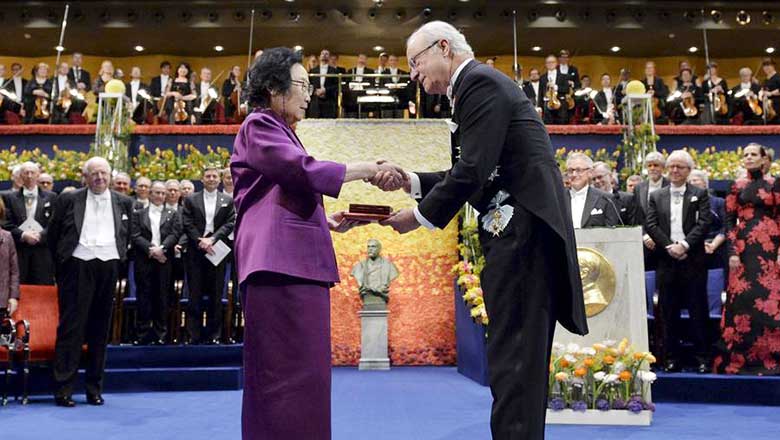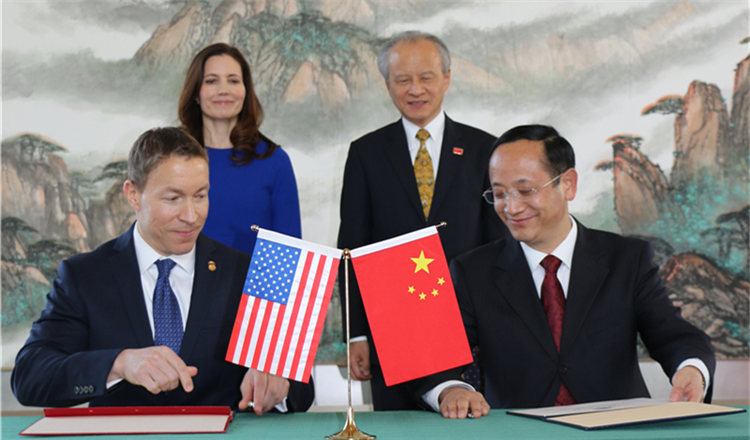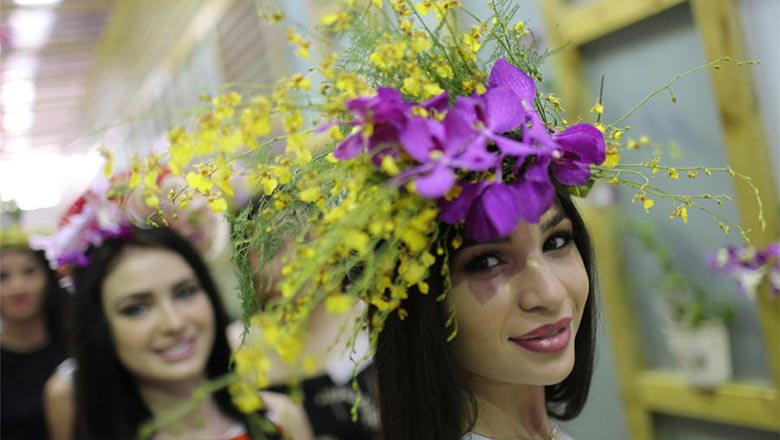Nobel Prize Award 'lights' up development of traditional Chinese medicine
Updated: 2015-12-11 22:14
(CCTV.com)
|
||||||||
By Wang Guocai, Director of the Office, Food Safety Commission; Director of Food and Drug Administration, Heilongjiang Province
On December 10, at the Nobel Prize Award ceremony held at the Stockholm Concert Hall, China's pharmacologist Tu Youyou, 84, received her 2015 Nobel Prize in Physiology or Medicine for her discovery of artemisinin, used in the treatment of malaria. Many people may ask what can this award bring to Chinese medicine? In my opinion, this prize brings more recognition and respect for traditional Chinese medicine (TCM) and may even encourage Westerners to learn more about Chinese medicine.
Artemisinin is the product of Artemisia annua, or sweet wormwood. Chinese people have learnt about Artemisia annua for a long time. As early as the second century BC, a Chinese medical book in the Qin Dynasty entitled, "Recipes for 52 Kinds of Disorders", recorded details on Artemisia annua, a kind of traditional Chinese herbal medicine. In one of the four Chinese medical tantras, Shennong's Herbal Classic, the function of Artemisia annua is clearly depicted. During the Eastern Jin Dynasty, in his Handbook of Prescriptions for Emergency, Ge Hong recorded a key element of Artemisia annua's juice preparation which is used for curing chills, fever and malaria.
With the gradual deepening knowledge of the efficacy of traditional Chinese medicine, the formulations are constantly changing. In ancient times, we had pills, powders, creams and pellets. In modern times, we have pastilles, cakes, bars and linear drugs. And now we have more advanced tablets, granules and injections. With the development of science and technology, methods of making modern drugs have been applied to the process of Artemisia annua extraction, which gives birth to artemisinin. It can be said that artemisinin is the product of Chinese medicine entering the modern cellular and molecular era.
Presently, there is an ongoing argument that we cannot regard this as Chinese medicine if it is extracted through chemical methods. Such a view can easily lead to a hiatus in the study of Chinese medicine. It is not necessary to say that Chinese medicine is only valuable if there is a full return to the primitive methods of extraction. Modern science and technology advances the well-being of mankind and various developing professions need the support of science and technology. Chinese medicine is no exception and also needs this support. The real development of Chinese medicine is to respect its innate value. At the same time, we also need the coordination of science and technology. The discovery of artemisinin is an excellent example of the development of Chinese medicine.
At present, there are still many problems in the development of Chinese medicine, such as a wide variety but with less evident advantages. Some statistics show that the classic Chinese medicine, "Tonic Tablets of Six Ingredients with Rehmannia" (Liu Wei Di Huang Wan), can cure more than 300 kinds of diseases. But this claim has broad indications and may confuse or lead people astray. There are also some Chinese medicines that work well but the materials used are not clearly stated, and the quality control methods are simplistic. To solve these problems, we must adopt modern technology to enhance the level of drug quality control to ensure clinical efficacy. There are several successful precedents in this regard. For compound prescriptions, for example, we have Compound Danshen (salvia miltiorrhiza) Dripping Pills, Xuesaitong (sanqi panax notoginseng) Injections, and other products. For unilateral prescriptions, the market has Aspirin, Ephedrine, and other products that are all subject to a review process. Aspirin can be extracted from the willow plants. It is recorded in Shennong's Herbal Classic, that the root, bark and branches of willows have the efficacy of eliminating phlegm and improving eyesight, reducing heat and toxic materials from the body, acting as a diuretic and prevention of wind pathogens, and can also be used as a topical cure for toothaches. Ephedrine is extracted from Chinese medicine herba ephedra. In Shennong's Herbal Classic, it is recorded that the herba ephedra can cure strokes, typhoid, headaches, chills and fever, by inducing sweat and dispelling exogenous elements. It also relieves coughs and balances the internal levels of the stomach. Born out of Chinese herbal medicine, these extracts all reduce the original drug's toxic side effects and strengthen the original effect, from which we see that classical Chinese medical books have played a leading role in the in-depth study of traditional Chinese medicine. This is the root cause that Tu Youyou and other experts sought to find an "anti-malarial medicine" in Artemisia annua, but not in turnips and cabbages. In the long past, the profound traditional Chinese medicine made contributions to Chinese people's health, in modern days, new TCM discoveries found with the aid of modern technology have been benefiting the health of the peoples of many nations.
Sir Isaac Newton once said that if he has seen farther than others, it is because he stood on the shoulders of giants. I also firmly believe that in the development of Chinese medicine, there will be more researchers like Tu Youyou who are standing on the shoulders of giants.
The development of traditional Chinese medicine is diversified. The discovery of artemisinin, that received the Nobel Prize, serves as an apt example of the development of with strong support of modern science and technology. As the Bible says,if the darkness becomes infinite the inner light will be lost. In turn, if we have light inside, there won't be darkness in the world.

 Historical photos reveal how Japan celebrated Nanjing invasion
Historical photos reveal how Japan celebrated Nanjing invasion
 How firemen put out oil tanker blaze within two hours
How firemen put out oil tanker blaze within two hours
 Wuzhen gets smart with Second World Internet Conference
Wuzhen gets smart with Second World Internet Conference
 World's 4th largest lake Aral Sea shrinking
World's 4th largest lake Aral Sea shrinking
 Nobel Prize 'to spur TCM development'
Nobel Prize 'to spur TCM development'
 US returns 22 recovered Chinese artifacts
US returns 22 recovered Chinese artifacts
 Internet makes life in Wuzhen more convenient
Internet makes life in Wuzhen more convenient
 Miss World contestants at Sanya orchid show
Miss World contestants at Sanya orchid show
Most Viewed
Editor's Picks

|

|

|

|

|

|
Today's Top News
Shooting rampage at US social services agency leaves 14 dead
Chinese bargain hunters are changing the retail game
Chinese president arrives in Turkey for G20 summit
Islamic State claims responsibility for Paris attacks
Obama, Netanyahu at White House seek to mend US-Israel ties
China, not Canada, is top US trade partner
Tu first Chinese to win Nobel Prize in Medicine
Huntsman says Sino-US relationship needs common goals
US Weekly

|

|







